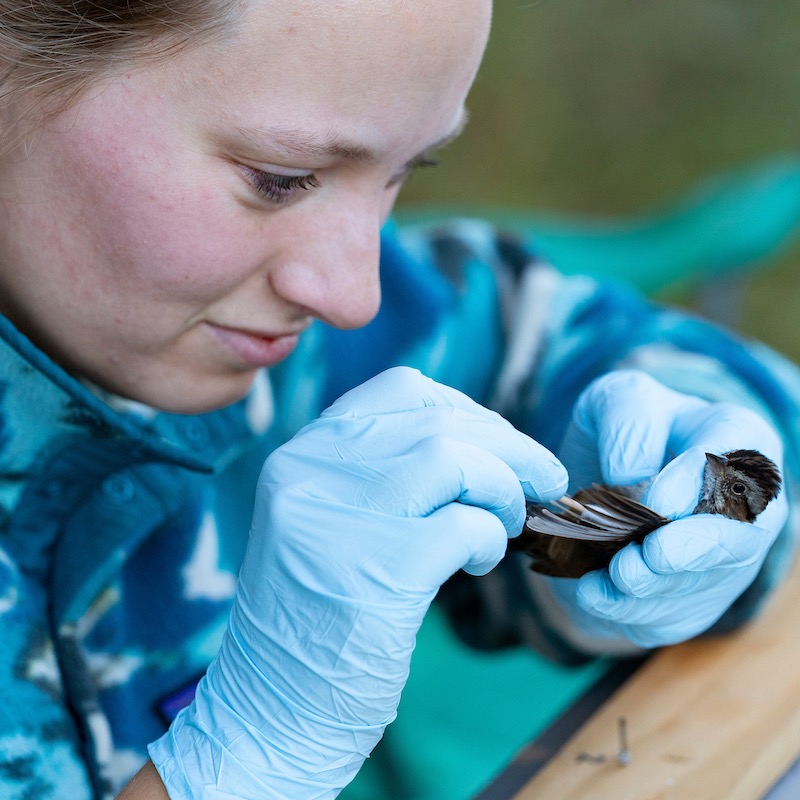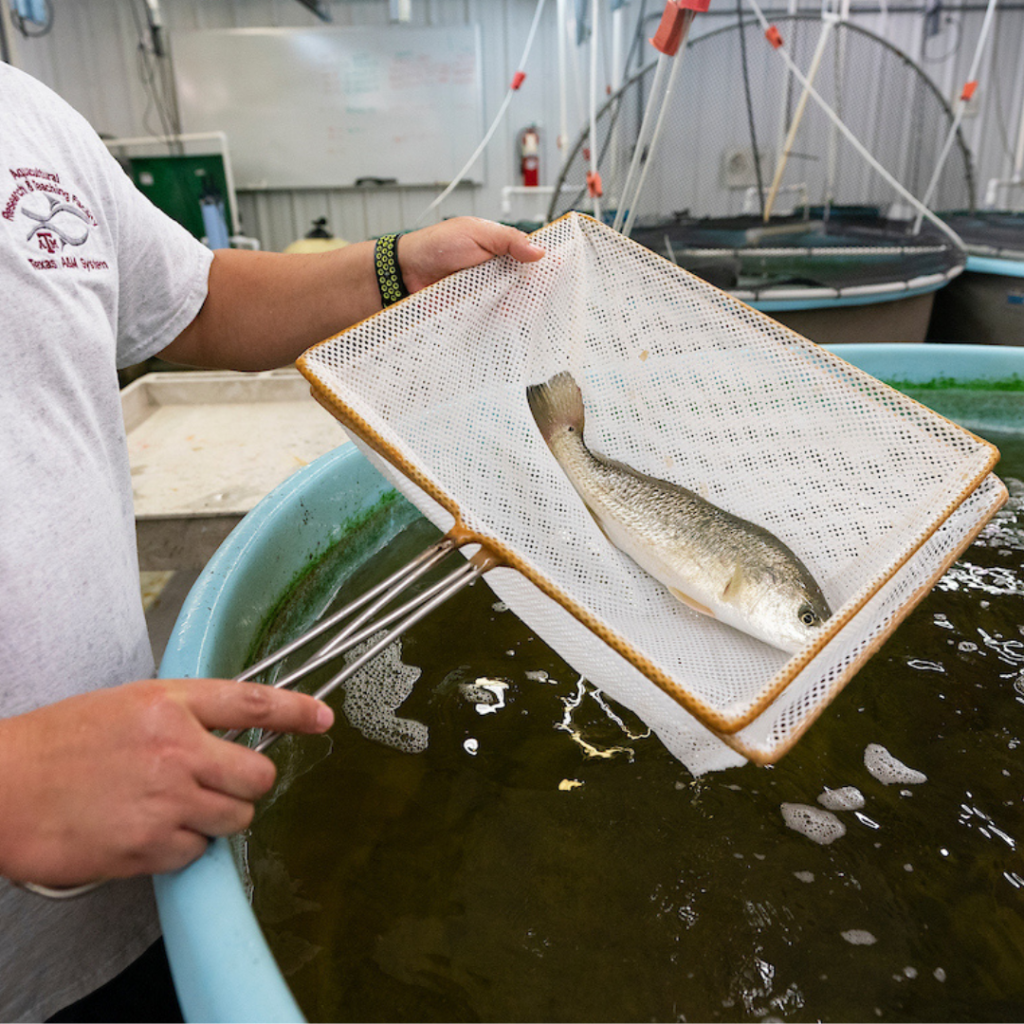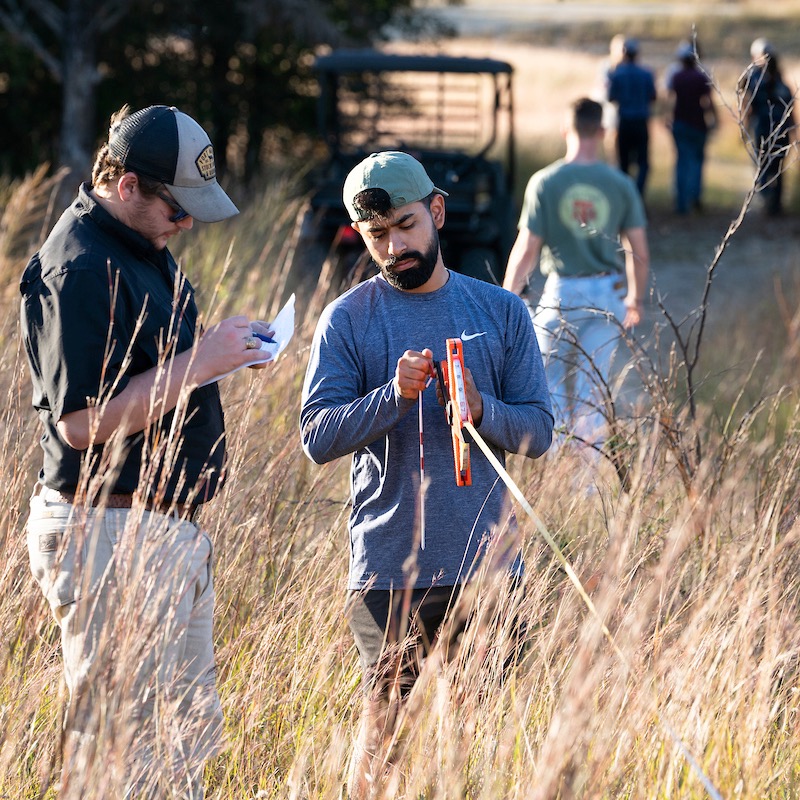New World screwworm
Important information on the pest from Texas A&M AgriLife Research and Texas A&M AgriLife Extension Service.

Department of
Rangeland, Wildlife & Fisheries Management

Our Programs
Conserve natural resources through science-based programs

Hands-On Experiences
Discover summer camps, education abroad and more

Field Learning
Explore more than 6,000 acres across Texas

Tailored for Your Career
“RWFM was a natural choice since I knew I wanted a career in wildlife science. My favorite aspects of our department are the abundant opportunities for outreach and field experience. There is so much learning and professional development you can access outside of the classroom by talking to your professors and joining professional student organizations like our student chapters of The Wildlife Society and American Fisheries Society.”
Drake Dancila ’23
Rangeland, Wildlife and Fisheries Management, Wildlife Track
Rangeland, Wildlife and Fisheries Management News

AgriLife Extension to host New World screwworm webinar June 9
In response to the growing concern about the New World screwworm, the Texas A&M AgriLife Extension Service will host a webinar on June 9 to provide more information to agricultural producers and the public. AgriLife Extension experts will be joined by Texas A&M Veterinary Medical Diagnostics Laboratory and Texas Animal Health Commission veterinarians to discuss the importance of New World screwworm awareness and prevention.

AgriLife Extension names new statewide prescribed fire coordinator
The Texas A&M AgriLife Extension Service has appointed David Brooke as its new statewide prescribed fire coordinator, a role designed to expand landowner education and support for using fire as a land management tool. Brooke, a program coordinator in the Texas A&M Department of Rangeland, Wildlife and Fisheries Management, will engage with landowners, the Prescribed Burn Alliance of Texas and its member associations, as well as other agencies to promote safe and effective prescribed fire practices.
Ready for Next Steps?
Degrees and admissions:
Other questions: